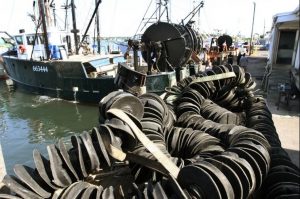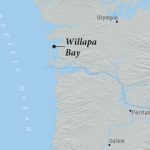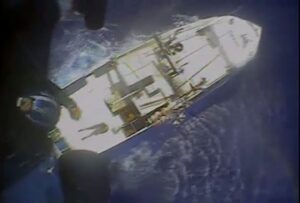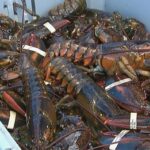Daily Archives: January 29, 2017
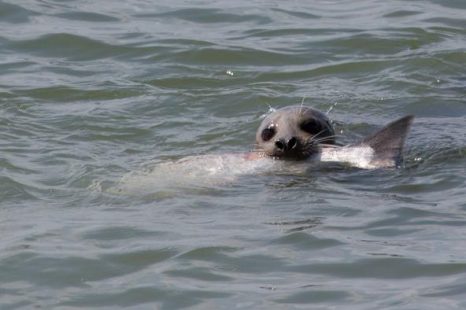
Study says predators may play major role in chinook salmon declines
A new study shows that increased populations of seals and sea lions are eating far more of Puget Sound’s threatened chinook than previously known, potentially hampering recovery efforts for both salmon and endangered killer whales. Seals and sea lions are eating about 1.4 million pounds of Puget Sound chinook each year — about nine times more than they were eating in 1970, according to the report, published online this month in the Canadian Journal of Fisheries and Aquatic Sciences. Most of these chinook are small fish migrating to the ocean, which ultimately reduces the number of adults returning to Puget Sound. The study estimates that seals and sea lions are decreasing potential returns by about 162,000 adult chinook each year. That’s twice the number eaten by killer whales and roughly six times as many as caught in Puget Sound by tribal, commercial and recreational fishers combined. Read the rest of the story here 21:16
The North Pacific Fishery Management Council Meeting in Seattle, WA January 30 thru February 6, 2017
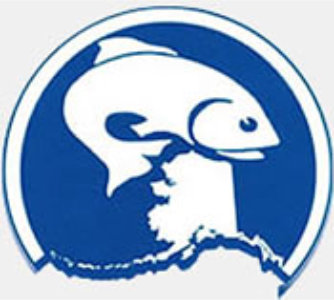 The North Pacific Fishery Management Council will begin their meeting week on Monday, January 30, and continue through Monday February 6, 2017 at the Renaissance Seattle Hotel, 515 Madison Street, Seattle, WA. The AGENDA and SCHEDULE are now available. Meeting FAST FACTS. The Council’s meeting will be broadcast live beginning February 1, 2017 via Adobe Connect Listen Online. Visit the NPFMC Website, Click here 20:35
The North Pacific Fishery Management Council will begin their meeting week on Monday, January 30, and continue through Monday February 6, 2017 at the Renaissance Seattle Hotel, 515 Madison Street, Seattle, WA. The AGENDA and SCHEDULE are now available. Meeting FAST FACTS. The Council’s meeting will be broadcast live beginning February 1, 2017 via Adobe Connect Listen Online. Visit the NPFMC Website, Click here 20:35
ASMFC Winter Meeting – January 30 – February 2, 2017 in Alexandria, Virginia
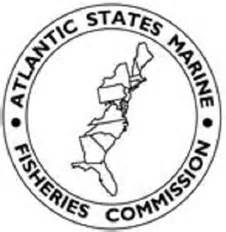 Final Agenda, Click here For ease of access, all Board/Section meeting documents, with the exception of the Shad & River Herring Board materials and the submitted public comment portion of the Atlantic Menhaden Board materials, have been combined into two documents – Main Meeting Materials 1 and Main Meeting Materials 2. Main Meeting Materials 1 includes all boards/sections meeting on January 31 and Main Meeting Materials 2 are materials for the remainder of the week. Additionally, supplemental materials have been combined into document – Supplemental Materials. Links to individual board/committee materials can be found below. Board/Section meeting proceedings will be broadcast daily via webinar beginning at 8:00 a.m. on January 31st and continuing daily until the conclusion of the meeting (expected to be 3:00 p.m.) on Thursday February 2nd. The webinar will allow registrants to listen to board/section deliberations and view presentations and motions as they occur. Click here for access. 19:57
Final Agenda, Click here For ease of access, all Board/Section meeting documents, with the exception of the Shad & River Herring Board materials and the submitted public comment portion of the Atlantic Menhaden Board materials, have been combined into two documents – Main Meeting Materials 1 and Main Meeting Materials 2. Main Meeting Materials 1 includes all boards/sections meeting on January 31 and Main Meeting Materials 2 are materials for the remainder of the week. Additionally, supplemental materials have been combined into document – Supplemental Materials. Links to individual board/committee materials can be found below. Board/Section meeting proceedings will be broadcast daily via webinar beginning at 8:00 a.m. on January 31st and continuing daily until the conclusion of the meeting (expected to be 3:00 p.m.) on Thursday February 2nd. The webinar will allow registrants to listen to board/section deliberations and view presentations and motions as they occur. Click here for access. 19:57
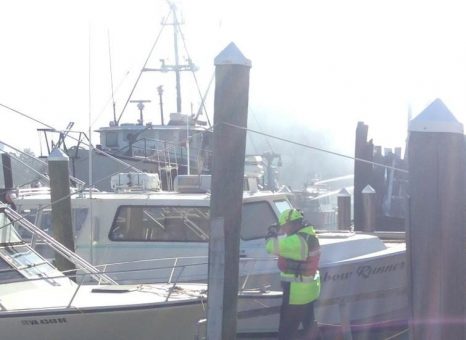
Trawler Damaged – Two suffer minor injuries in large fire in downtown Hampton
Hampton firefighters battled blazes at a seafood packaging warehouse and commercial fishing boat in the 100 block of King Street in downtown Sunday morning. Two people suffered minor injuries as a result of the blaze, and the warehouse was heavily damaged, according to a fire official. The flames coming from the warehouse reached nearby boats, Chittum said, and one boat was damaged by fire. However it was moved from the warehouse, protecting it from the further burns. After the flames on the boat were under control, firefighters used the boat as a platform to fight the warehouse blaze, Chittum said. The boat had visible charring to its right side, which was facing the warehouse. (Trusted sources confirm the vessel is the F/V Darana R out of Wanchese N.C.) Photo gallery, read the rest here 19:13
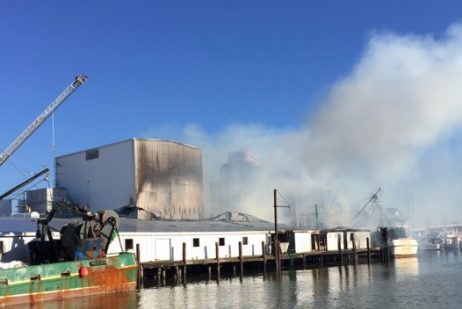
BREAKING: 2nd alarm warehouse and boat fire in Hampton Va.
Hampton Fire crews are battling a heavy 2nd alarm warehouse fire at Amory’s Seafood in the 100 block of South King Street Sunday morning. Dispatch received the call around 8:18 a.m. Hampton Fire tweeted a commercial fishing boat has also caught fire. This is a breaking story. More details when available! Click here for photo’s 11:38:03
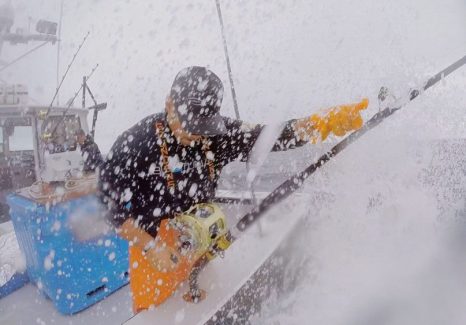
When the water turns wicked
When it comes to being on the ocean – whether you’re a commercial fisherman out there making a living, a sport fisherman on the briny blue for a day of rod-and-reel action, or a diehard powerboat cruiser – there is always one factor that plays a crucial role in everything you do: the weather. We asked four well-known and seasoned professional captains how they plan for and handle heavy weather when at sea. All four are showcased on National Geographic Channel’s hit television show, “Wicked Tuna,” and each is a top-notch giant bluefin tuna fisherman and consummate seaman. Here’s what they have to say about managing their vessels in the often-nasty conditions of the North Atlantic Ocean. And here are their respective preferred tactics and strategies, stored in their memory banks after years of sea time in their rugged little tuna boats. Read this article by Shelley Fleming-Wigglesworth click here 10:13

Autonomous Ships – If Rolls-Royce has its way, commercial vessels will soon have no crew on board
It’s midnight on the North Atlantic, where a massive container ship receives the latest weather report. There’s a nasty storm brewing ahead. Quietly, the ship changes course and speed, to skirt the worst of it and ensure an on-time arrival at its destination. The ship’s owners and the harbormaster at its next port of call are advised of the revised route. And as it nears shore, the giant ship must correct course once again, this time to steer clear of a fishing vessel off its starboard bow. Just another day for trans-Atlantic shipping, it might seem. In fact, it’s not. You see, this ship has no one aboard. It’s commanded from an operating center on the other side of the world, where technicians are monitoring and controlling this vessel and others like it through a satellite data link—that is, when the ship isn’t just controlling itself. Although robotic ships of this sort are some ways off in the future, it’s not a question of if they will happen but when. Read the story here 09:47
Russell Wangersky: Fish harvesters have the most to lose
 The whole issue is in the hands of the Labour Relations Board right now, so this column is unlikely to sway any votes — and that’s fine. Because, really, it’s fight for those involved. (And just for clarity’s sake, I’ve known Lana Payne, with the FFAW’s parent union, Unifor, since we worked together at The Sunday Express in the late 1980s. I’ve known FISH-NL’s Ryan Cleary since 1997, when he worked at The Telegram, and we get along, on and off.) I understand why the fish harvesters might want to leave the FFAW. The union, representing harvesters and those who work in the processing sector, is juggling a variety of interests, from processing workers to inshore fish harvesters to offshore trawler workers. And that does create problems. Read the op-ed here 09:10
The whole issue is in the hands of the Labour Relations Board right now, so this column is unlikely to sway any votes — and that’s fine. Because, really, it’s fight for those involved. (And just for clarity’s sake, I’ve known Lana Payne, with the FFAW’s parent union, Unifor, since we worked together at The Sunday Express in the late 1980s. I’ve known FISH-NL’s Ryan Cleary since 1997, when he worked at The Telegram, and we get along, on and off.) I understand why the fish harvesters might want to leave the FFAW. The union, representing harvesters and those who work in the processing sector, is juggling a variety of interests, from processing workers to inshore fish harvesters to offshore trawler workers. And that does create problems. Read the op-ed here 09:10
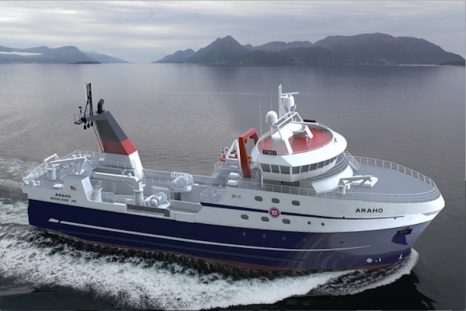
Steaming toward Seattle, New US factory freezer/processor vessel Araho
The new Araho is a 59.13 metres factory stern trawler with a 14.94 metre beam, built to a Skipsteknisk ST-115 design. It has been built for demersal trawling and is capable of processing and freezing approximately 100 tonnes of H&G flatfish per day. It has an 1100 cubic metre refrigerated hold. This is the sixth new build from Eastern Shipbuilding for the O’Hara Corporation over the last twenty years and by far the largest and most sophisticated vessel, as the first US factory freezer/processor vessel to be built in the USA for 25 years. Video, read the story here 08:18
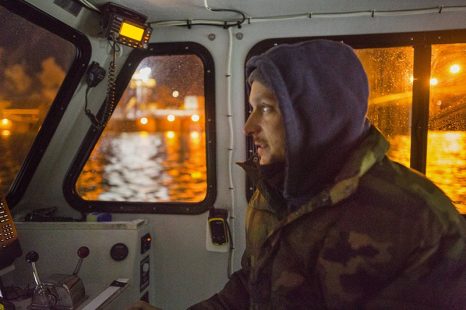
Tim Rider’s small-scale commercial operation – the only full-time one in New England pulling in groundfish by rod and reel
Chef Benjamin Hasty, owner of Thistle Pig in South Berwick, was having a beer with a co-worker at 7th Settlement, a brewpub in Dover, New Hampshire, when he saw Tim Rider walk by, carrying fresh fish to the pub’s kitchen. “We kept seeing someone schlepping these big totes of fish going by us,” Hasty recalled. “I said, ‘I need to introduce myself because I need to get some of that.’ ” Hasty invited Rider, owner of New England Fishmongers, to join him for a cup of coffee. Rider told him he is one of the few New England commercial fishermen who still catches groundfish the old-fashioned way, with a rod and reel; experts believe he is the only one in Maine, and perhaps all of New England, who is doing so full time. Click to see 21 great images Read the story here 07:49


































